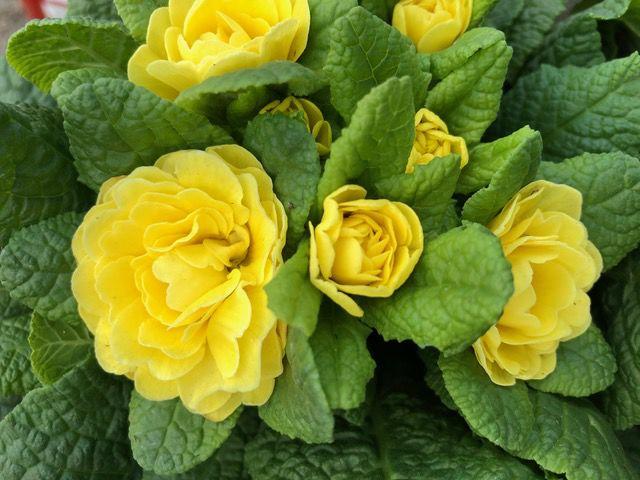There are a variety of Belarina primroses that would be a great addition to your garden. There is no doubt in my mind that spring has sprung. This indisputable fact lies in the discovery this week of the first white blooms on a wild plum tree that lives down the street from the nursery. On that same road, I caught a glance of the swelling buds of several Bradford flowering pears that line the parking strip. It is only a matter of days now before the Thundercloud plums, with their cotton candyish clouds of pink flowers, will shroud the boulevards of many a northwest street. The proverbial dam of winter has been breached and I, for one, am more than ready to start basking in the glow of spring floral color. There is an amazing array of plants that bloom for us late winter through early spring — going all the way back to November when the fragrant pink flowers of Viburnum ‘Dawn’ emerged and will continue on into March. While some Camellias are done for the season, the japonica varieties will be very blooming soon, along with early blooming bulbs — like snow drops, crocus and winter aconites. I know I have said this many times over the years, but it is worth repeating: there is no excuse for not having something in bloom in the garden 365 days a year. All it takes is a trip to the garden center once or twice a month, every month of the year and you will have year around color in your garden. All of this rambling about flowers brings me to my point. For me, the signature flower that represents the end of winter and the beginning of spring (other than the above-mentioned wild plum) is the common English primrose. Over the years I have grown and sold literally thousands of these colorful little guys. Customers usually come in to buy a dozen or two at a time and end up planting them in containers by their front doors to add a little bit cheer during the dark and […]






